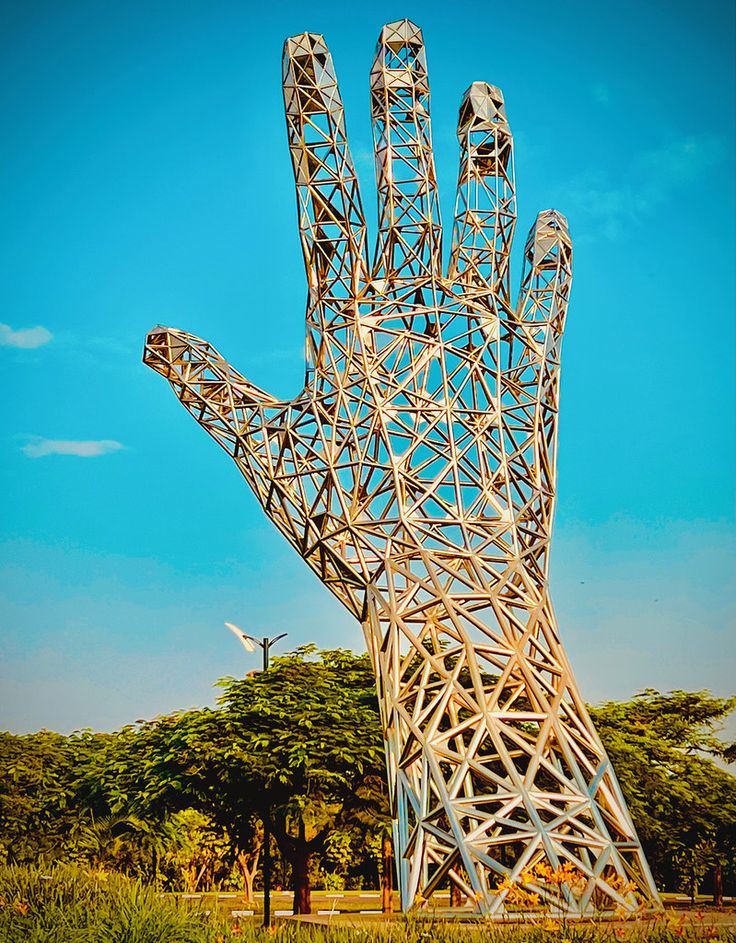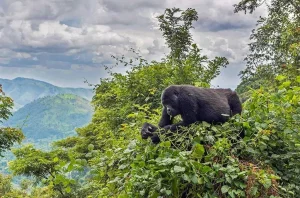Community-Based Tourism in Rwanda and Uganda
Explore how community-based tourism in Rwanda and Uganda empowers local communities, supports conservation, and offers travelers authentic, meaningful experiences. Discover how your journey can become a story of connection, purpose, and positive impact.

What Is Community-Based Tourism?
Community-based tourism (CBT) is more than just a travel style—it’s a movement that redefines how we explore the world. At its heart, CBT is a form of responsible tourism where local communities invite travelers to experience their way of life while maintaining ownership over tourism operations and ensuring that the benefits stay within the community.
Rather than being passive hosts to large tour companies or luxury resorts, communities play an active role as guides, entrepreneurs, and storytellers. Visitors enjoy immersive experiences—learning traditional cooking, joining in local celebrations, walking through forests with local guides—while directly contributing to the well-being of their hosts.
This model fosters economic empowerment, cultural preservation, and environmental stewardship, creating a win-win scenario for both locals and visitors.
Why Are Rwanda and Uganda Perfect for Community-Based Tourism?
Rwanda and Uganda, both renowned for their natural beauty and warm hospitality, have emerged as leaders in sustainable tourism in Africa. Their governments and communities have embraced CBT as a tool for conservation, cultural pride, and poverty alleviation.
Rwanda: Rebuilding Through Sustainable Tourism
After the tragedy of the 1994 genocide, Rwanda has become a model of resilience and innovation. Tourism has played a key role in this transformation, with a strong emphasis on community participation. Around Volcanoes National Park, for example, CBT has helped shift entire villages from poaching to conservation, offering travelers deeply human stories of recovery and unity.
Uganda: Grassroots Tourism at Its Finest
Often called the “Pearl of Africa,” Uganda is known for its biodiversity and rich culture. What makes it stand out in the realm of CBT is the depth of community involvement. In places like Bigodi and Buhoma, local residents manage tourism initiatives that protect the environment, celebrate heritage, and generate funds for education and healthcare.
What Are the Top Community-Based Tourism Experiences in Rwanda?
Iby’iwacu Cultural Village
Located near Volcanoes National Park, this village showcases how tourism can transform lives. Once home to reformed poachers, Iby’iwacu now invites visitors to explore traditional Rwandan music, dance, cuisine, and crafts. The income generated supports schools, clinics, and small businesses in the region, making every visit an investment in community resilience.
Kinigi Community Walks
These guided cultural walks in the Kinigi region offer insights into everyday life in rural Rwanda. Travelers visit local farms, schools, and markets, gaining a richer understanding of the customs, challenges, and aspirations of the people who live near the famed gorilla trekking zones.
Women’s Craft Cooperatives
Across Rwanda, women-led cooperatives are turning art into empowerment. Through basket weaving, pottery, and other crafts, these groups create dignified livelihoods for women and preserve traditional skills. Many offer hands-on workshops, allowing visitors to learn and purchase directly from the artisans.
What Are the Must-See Community-Based Tourism Projects in Uganda?
Bigodi Wetland Sanctuary
Situated near Kibale National Park, Bigodi is one of Uganda’s most successful CBT initiatives. Managed entirely by the community, the sanctuary offers guided nature walks through wetlands teeming with birds, monkeys, and tropical flora. Revenues fund local schools, sanitation projects, and conservation work—proof that tourism can directly improve lives.
Buhoma Community Tours
Just beyond the gorilla trails of Bwindi Impenetrable Forest, Buhoma village offers a vibrant range of cultural experiences. Visitors can interact with the indigenous Batwa people, watch banana beer brewing, join drumming circles, or participate in craft workshops. The tours are not just educational—they help sustain community development efforts.
Ruboni Village Tours
Nestled at the foot of the Rwenzori Mountains, Ruboni offers a peaceful alternative to mainstream trekking routes. Here, visitors enjoy guided hikes, storytelling evenings, and farm-to-table meals while learning about local traditions and environmental stewardship. The experience is both reflective and immersive.
What Are the Benefits of Community-Based Tourism?
Local Empowerment
CBT creates meaningful employment opportunities for community members—from guides and cooks to artisans and lodge managers—enabling locals to shape their own economic futures.
Cultural Preservation
By sharing language, dance, music, and oral histories with visitors, communities gain a renewed sense of pride and incentive to keep traditions alive.
Environmental Conservation
When tourism depends on healthy ecosystems, communities are motivated to protect forests, wetlands, and wildlife. Many CBT projects include education and conservation efforts alongside tourism activities.
Authentic Tourist Experiences
For travelers, CBT offers an opportunity to go beyond sightseeing. It provides real interactions, deeper understanding, and the chance to contribute to a broader mission.
Local Economic Growth
Unlike mass tourism models where profits often leave the country, CBT keeps revenue within the community. These funds are often reinvested in local schools, health centers, roads, and clean water projects.
How Can You Travel Responsibly and Support CBT?
- Book Directly with Community Operators: Use local websites, NGOs, or ethical travel platforms that ensure money reaches the communities.
- Stay Longer: A few extra days in a village not only deepen your experience but also increase your economic contribution.
- Respect Local Culture: Learn basic greetings, follow cultural etiquette, and always ask permission before taking photos.
- Buy Local Products and Services: Whether it’s crafts, meals, or transport, choose community-based options to directly support livelihoods.
What Challenges Does Community-Based Tourism Face?
Despite its benefits, CBT faces significant hurdles. Many communities lack access to training, infrastructure, or international markets. Others may struggle with managing tourism sustainably as demand increases.
Additionally, without careful planning, there is a risk of cultural commodification or environmental degradation. However, these challenges can be overcome through capacity-building, fair policies, and the growing use of digital tools that connect travelers directly with community experiences.
Why Should You Choose CBT in East Africa?
Community-based tourism in Rwanda and Uganda offers something that mass tourism rarely provides: authentic human connection. It turns your journey into a shared story—one where every step you take leaves a positive footprint.
Whether you’re learning to make traditional dishes, supporting a woman artisan’s business, or helping fund a local school through your stay, you’re not just visiting a place—you’re becoming part of its future.
Choosing CBT means your travel uplifts communities, protects the environment, and preserves the culture for future generations. It transforms your vacation into something profoundly meaningful—for you and the people you meet along the way.
Ready to Travel With Purpose?
Next time you plan a trip to East Africa, consider going beyond the national parks. Step into the heart of a community, share a meal, listen to a story, and leave with more than memories—leave with a legacy.




